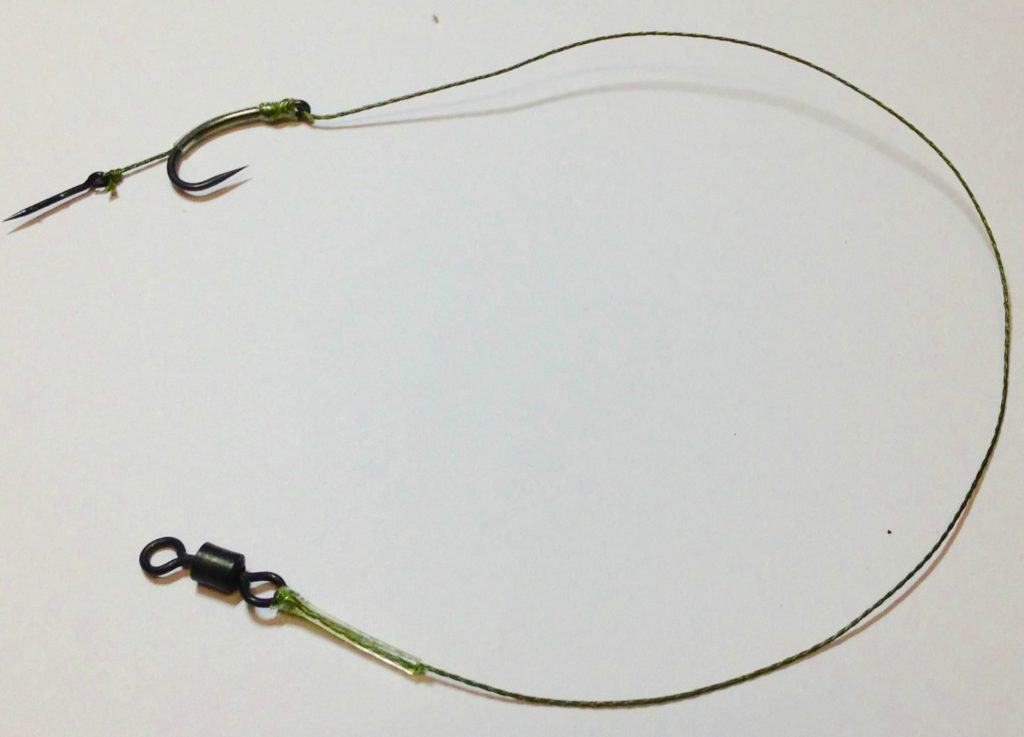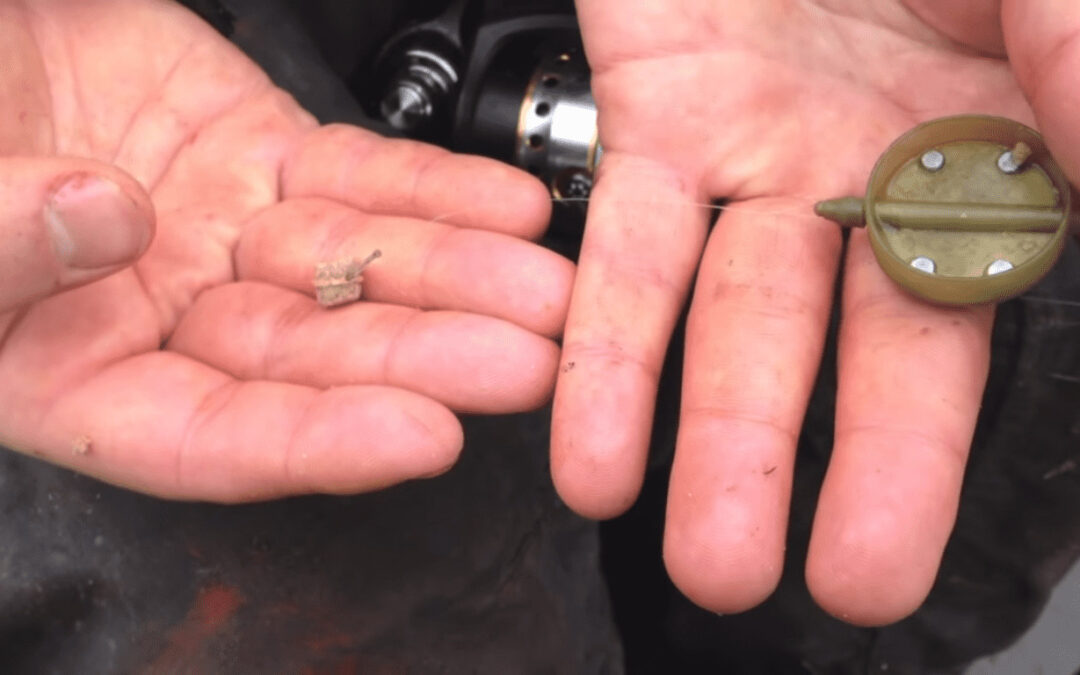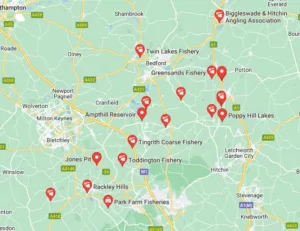How Long Should My Hooklink Be?
The length of the hook link will vary depending on the type of fishing situation that you’re trying to achieve. It’s important to think about the situation and then adjust the length of the rig to suit it. Another important aspect of this is to check the conditions of the lake where you’re fishing. There are varying strains of fish in the lake, and it’s important to observe how they feed.
The Correct Hooklink Length
For most types of fishing, I prefer to use rigs that are 8 to 18 inches long. These are longer than the shorter ones because they have more natural movement and produce more takes. However, it’s important to have a stiff link material that’s attached to the rig in order to prevent tangles. Long braided links are more likely to get tangled unless you use a PVA bag.
I usually use a shorter rig if I’m trying to catch a lot of fish in a heavily baited area. This method is beneficial because the fish have less chance to move before they find another bait. For instance, if you’re fishing over a bed of bait, anything from 2 to 5 inches should be fine.
On pressured waters, it’s usually best to use long fishing rigs and hook links. The more cautious the fish, the longer the link needs to be. I came across an article by a great angler about how the fish in a well-known pit would often pin their lips to the bottom and only try to suck the boilie up.
Hook links that are attached to a lead would have to be between the lake bed and the fish’s lips in order to prevent the bait from getting sucked into the back of the mouth. This was the way larger residents of the lake were testing their bait to avoid capture. This particular pit was known to be difficult to fish.
When dealing with large carp, such as the ones that are testing the bait, you need to create a rig that will fool them into feeding the way you want them to. This is why I prefer to use long supple braided lines and then fill them with small plastic pellets. As the fish suck at the group of bait, the link will uncoil and extend back into their mouth.
These small plastic pellets are ideal for this method as they are light and won’t move as the fish sucks at the food. I have caught several large fish using this method.
I have found that using long hook links is better for bigger fish as they can provide more natural movement and fool them into taking the bait. Another advantage of using long rigs is that bigger fish often have large belly cavities that hang down, which means they’ll have to up-end the hookbait to avoid getting caught on the bottom.
When a large fish has picked up the bait, it needs to straighten itself up in order to sample it. This extra length helps the large fish feed the way they want to. Also, some large fish will suck up food items from a distance of up to four inches. With a longer link, the hook can reach the back of the mouth and extend its reach.

Hooklink Length On Different Lakebeds
If you’re fishing in areas that are silt or silkweed, then the length of the hook links should be longer. This will allow the bait to rest on top of the weed bed or sink into the bottom. Having a longer link also helps minimise the chance that the boilie will get dragged into the weed bed.
If you’re fishing in areas that are clear and have small weed beds, then shorter rig lengths are ideal. This will allow you to avoid getting the lead to land on the gravel.
Although it’s important to consider the length of the fishing rigs, I would say that the main thing that’s important when it comes to choosing a rig is to make sure that all of the line is on the bottom.
How To Determine The Right Hooklink Length on Your Lake
One way to find out what length is ideal for a particular type of hooklink is by testing different sizes of the same rig on different rods. If the length on one rod exceeds that of the others, then change the other rods to the length that produces the most runs. As a general rule, if the hook is positioned on the outer edge of the carp’s mouth, then the link should be made longer.
If the hook is in the middle portion of the bottom lip, or a couple of inches further back in the mouth of the fish, then it’s the correct length.
One of the most important factors that I would like to point out is to check the length of the fishing rigs that are being used by the other people in the area. This will allow you to create a custom-made rig that will work well for the fish. Having a different length or type of rig will allow you to be one step ahead of the fish in the water.
I have made a lot of mistakes during my fishing sessions and don’t want you to make the same mistakes. I’ve learned the hard way over 20 years of fishing most weekends, testing, tweaking, and testing again and now want to help you excel with your carp fishing.
If you need any help, you can reach me at Fishing Again’s Facebook page
Last Updated on February 13, 2024 by Shane











